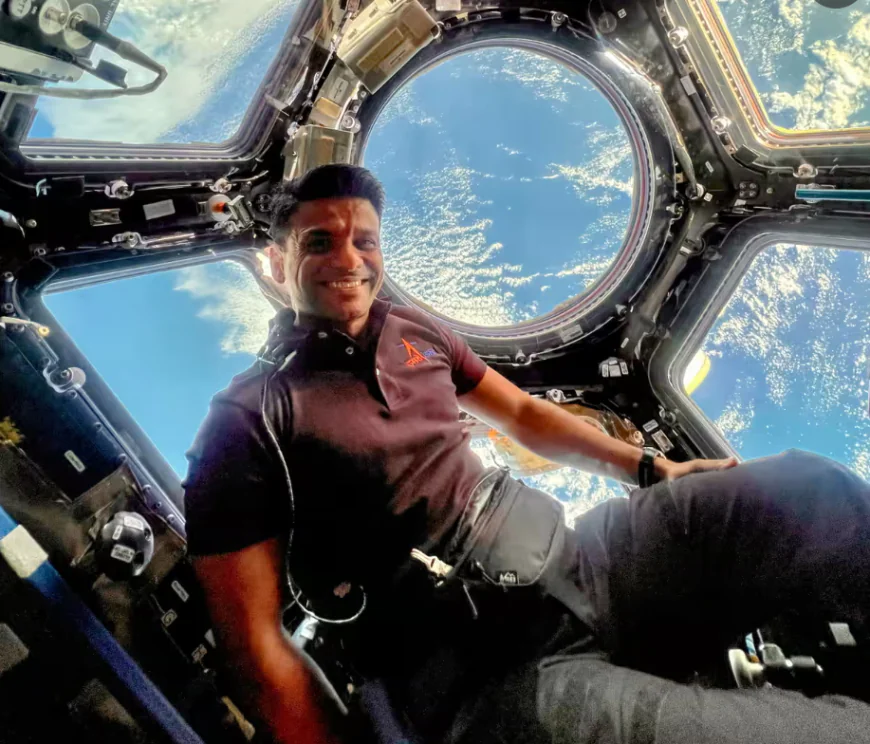Axiom 4 Mission Update: India Returns to Space After 41 Years with Shubhanshu Shukla's ISS Journey
Axiom 4 mission successfully brought back India’s Shubhanshu Shukla from the ISS, reigniting national pride and setting the tone for ISRO’s Gaganyaan mission.

July 14, 2025, in New Delhi: India returned to space after 41 years with a bang. Group Captain Shubhanshu Shukla was the first Indian astronaut since Rakesh Sharma in 1984 to reach the International Space Station (ISS). In 2025, he went on a trip called Axiom Mission 4 (Ax-4), which was put together by the U.S. company Axiom Space and took off on SpaceX's Crew Dragon ship named "Grace."
Four Firsts in a Mission: The diverse crew and mission of Axiom 4

Ax-4 was an important mission for business spaceflight in many ways. Along with Shukla were mission commander Peggy Whitson (USA), a senior NASA astronaut, and people from Hungary and Poland who were also in the spacecraft. It was the first time that an astronaut team from Europe went to the ISS through a private company.
The four astronauts were on the ISS for more than two weeks and did more than 60 tests. Seven of these were studies specifically for India that looked at how microgravity affects farming, health, and technology. These results will be very helpful to India's Gaganyaan human spaceflight effort.
India's Time to Shine on the World Stage
Shukla is from Lucknow and was trained as a test pilot in the Indian Air Force. He then did a lot of training with NASA and ISRO. His involvement in Axiom 4 marks India's return to the small group of spacefaring countries that send crews to the International Space Station.
"What a ride!" Shukla yelled from space with pride. "Proud to fly India's flag among the stars." Back in India, his stay on the ISS got a lot of attention. Schools, science organizations, and national leaders praised the event as an example for India's young people.
What's Next
The crew of Axiom 4 got off the spaceship on July 14. Their spaceship landed safely in the Pacific Ocean off the coast of California at 3 p.m. IST on July 15. Shukla will now get medical tests and physical therapy to help him get used to Earth's gravity again.
So What Does This Mean for India's Future in Space?
The Gaganyaan program, which is planned to start in the next few years, will be made possible by this mission. It also shows how the government and businesses are working together more and more on space research.
India's successful journey not only brings back the history of sending people into space, but it also shows that it is ready to take the lead in the future of space science and international cooperation.


















































